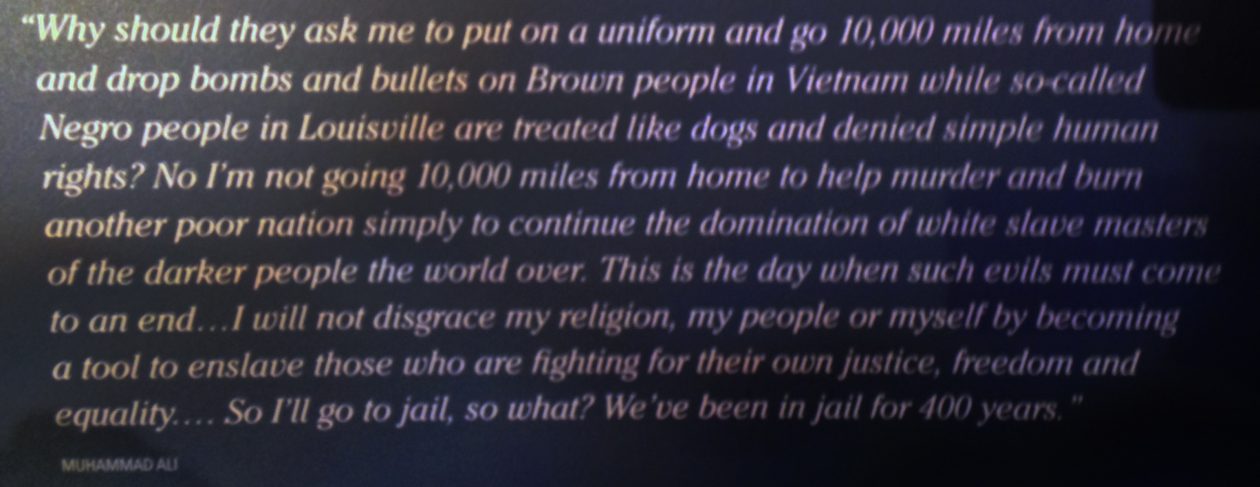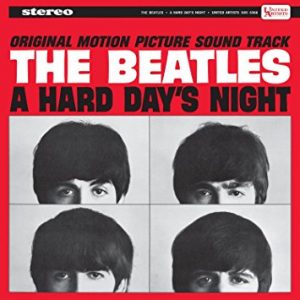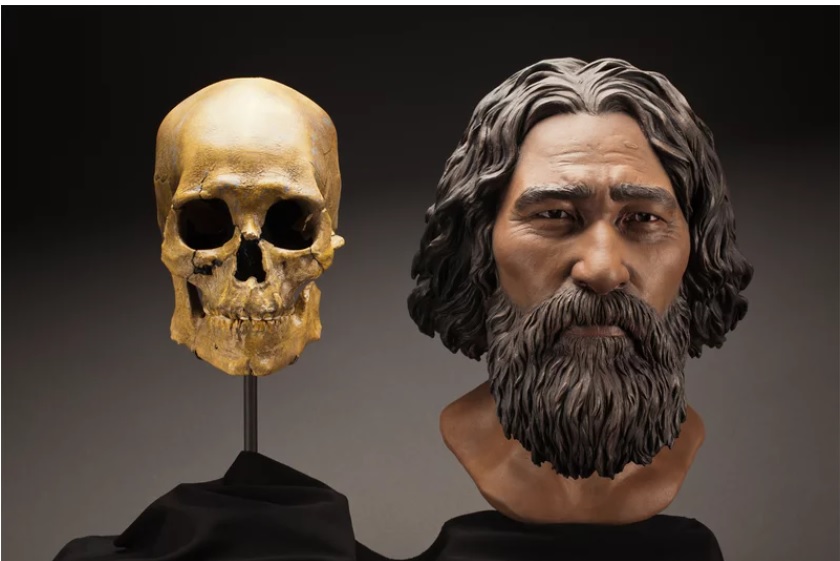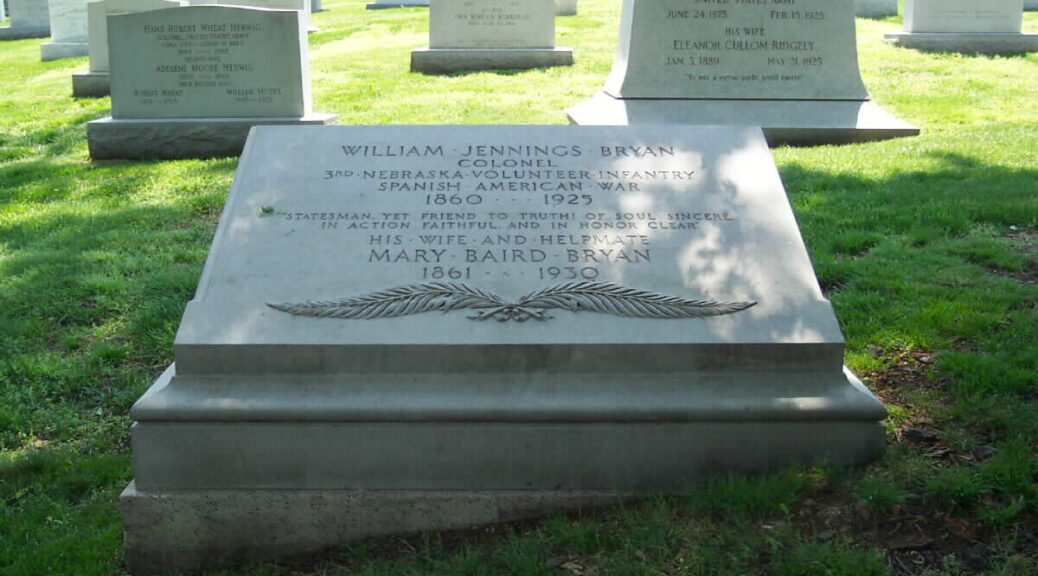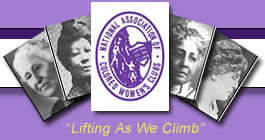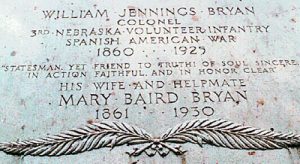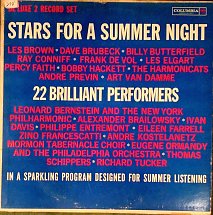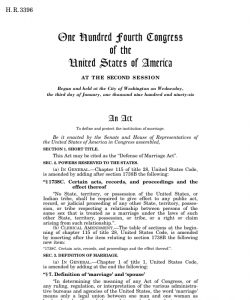August Peace Love Art Activism
BLACK HISTORY
Dred Scott
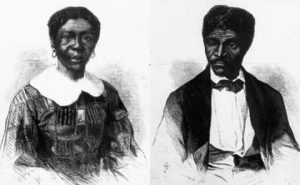
In August 1842: the Army discharged Dr Emerson–Scott’s owner– and Emerson returned to St. Louis. He later moved to Iowa, a free territory, but left the Scott family in St. Louis where Dred and Harriet Scott were hired out to various people. (see Dred Scott for expanded story)
US Labor History
In August 1881: Atlanta’s municipal authorities took direct action and arrested strikers and fined members who were making house visits, but the actions have little effect and the strikers win their demands. (APWU article) (next LH, see September 5, 1882; next BH, see Sept 19)
SCOTTSBORO BOYS
In August 1938: the Alabama Pardon Board declined to pardon Haywood Patterson and Ozie Powell. (see Scottsboro for expanded story)
Emmett Till
In August 1955: Emmett Till’s great uncle Moses Wright traveled from Mississippi to Chicago to visit family. At the end of his stay, Wright planned to take Till’s cousin, Wheeler Parker, back to Mississippi with him to visit relatives. Emmett learned of these plans he begged his mother to let him go along. Initially, Mamie Till said no. She wanted to take a road trip to Omaha, Nebraska and attempted to lure Till to join her with the promise of open-road driving lessons. But Till desperately wanted to spend time with his cousins in Mississippi and she gave her permission. (BH, see Aug 13; see Till for expanded story)
Muhammad Ali
In August 1960: after winning a spot on the US Olympic team, 18-year-old Cassius Clay nearly refused participate because of his fear of flying. Joe Martin’s son told the Louisville Courier-Journal, “He finally agreed to fly. But then he went to an army surplus store and bought a parachute and actually wore it on the plane. It was a pretty rough flight, he was down in the aisle, praying with his parachute on.” (BH, see Aug 27; Ali, see September 5, 1960)
August Peace Love Art Activism
Emma Goldman
Freiheit
August – December 1889: Goldman found work at a NYC corset factory. She also worked at the office of an anarchist newspaper, Freiheit, and helped organize the November 11 Haymarket Commemoration. She and Alexander Berkman share an apartment with Modest Stein, and Helene and Anna Minkin.
Goldman speaks
In August 1893: Goldman addressed a public meeting, urging those in need to take bread if they are hungry. Four days later, she lead a march of 1,000 people to Union Square, where, speaking in German and English, she repeats her belief that workers are entitled to bread. The speech leads to her arrest. (see Goldman for expanded story)
August Peace Love Art Activism
United Farm Workers
Bracero Program
In August 1942: with a shortage of workers due to the US entry into World War II, the US and Mexico made a series of laws and agreements, known as the Bracero Program (“strong arm” in Spanish), for the importation of temporary contract laborers from Mexico to the United States. (Bracero dot org article)
César E. Chávez
From 1946 – 48: Chávez in the Navy. At the time Mexican-Americans could only work as deckhands or painters. Chávez described his experience in the military as “the two worst years of my life.”
In 1948: out of the Navy, Chávez married Helen Fabela.
Community Service Organization
In 1952: Chávez met Fred Ross and joined the Community Service Organization.
Dolores Huerta
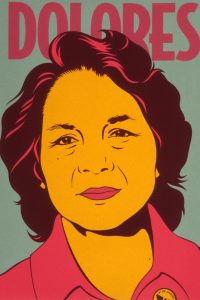
In 1955: Dolores Huerta co-founds the Stockton, CA chapter of the Community Service Organization.
Bracero program
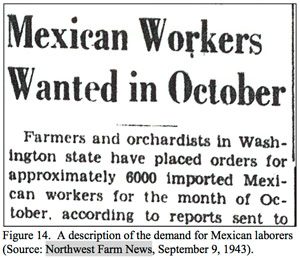
In 1957: the peak year of the Bracero program: 192,000 Mexican workers imported. Along with Chicanos, the braceros soon became the most important component of the California agricultural work force after World War II.
Theoretically, the bracero program provided standard contracts covering wages, hours, transportation, housing, and working conditions. The American government guaranteed the provision of emergency medical care, workmen’s compensation, and disability and death benefits. In reality, many of these provisions were never enforced and the bracero system perpetuated the poverty of California’s migratory laborers. Between 1950 and 1960, the earnings of three million Mexican nationals employed in 275 crop areas were effectively frozen; average annual wages in fact declined slightly, from $1,680 in 1950 to $1,666 in 1959. (Bracero, see December 31, 1964)
Chavez confronts Bracero
In 1958: Chávez works in Oxnard, a leading citrus-growing region north of Los Angeles, for 18 months confronting the bracero issue.
Agricultural Workers Association
In 1960: Dolores Huerta co-founded the Agricultural Workers Association to set up voter registration drives and pressed local governments for housing improvements. (Chavez, see March 31, 1962; Voting Rights, see May 6)
August Peace Love Art Activism
LSD
Diseases of the Nervous System
In August 1950: “L. S. D. 25 As an Aid in Psychotherapy” was the first American article about LSD. It appeared in Diseases of the Nervous System. The article presented the possibility that LSD might be useful as an aid to psychotherapy. (text of article)
Al Hubbard
In 1951: Al Hubbard first tried LSD. Hubbard was an early proponent for the drug during the 1950s. He is reputed to have been the “Johnny Appleseed of LSD” and the first person to emphasize LSD’s potential as a visionary or transcendental drug. Hubbard may have introduced more than 6,000 people to LSD, including scientists, politicians, intelligence officials, diplomats, and church figures. Hubbard, then forty-nine years old, eagerly sought out others familiar with hallucinogenic drugs, including Aldous Huxley, the eminent British novelist who for years had been preoccupied with the specter of drug-induced thought control.
“Most people are walking in their sleep,” Hubbard said. “Turn them around, start them in the opposite direction and they wouldn’t even know the difference. [but] give them a good dose of LSD and let them see themselves for what they are.”
Charles Savage
In 1952: Charles Savage published the first study on the use of LSD to treat depression (see December 1952)
Kesey/Leary
In August, 1964 : Ken Kesey & his Merry Pranksters arrive with their Bus to visit Timothy Leary & Richard Alpert at Millbrook, NY. (see Dec 1)
August Peace Love Art Activism
Cold War
HUAC
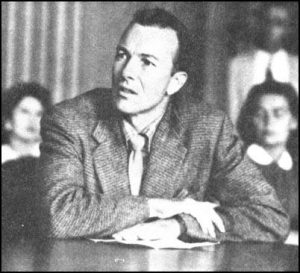
In August 1955: the House Committee on Un-American Activities (HUAC) subpoenaed Seeger. Seeger. Earlier that summer he had written: “We the people suffer by not having the songs we need. We need thousands of new songs these days: humor to poke fun at some of the damn foolishness going on in the world; songs of love and consciences and stir our indignation and anger.” He was an uncooperative witness, gave short answers and asked to show them why the song, “Wasn’t That a Time” was a patriotic song.
COINTELPRO
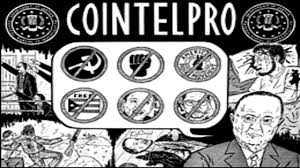
In 1956: the FBI’s Counter Intelligence Program [COINTELPRO] began. It initiated a series of covert, and often illegal, projects conducted aimed at surveiling, infiltrating, discrediting, and disrupting domestic political organizations, particularly the Communist Party of America. COINTELPRO eventually enlarged to include disruption of the Socialist Workers Party (1961), the Ku Klux Klan (1964), the Nation of Islam, the Black Panther Party (1966), and the entire New Left social/political movement, which included antiwar, community, and religious groups (1968). (Democracy Now articles on COINTELPRO) (see June 21)
August Peace Love Art Activism
Quarrymen
In August 1956: named after his school, John Lennon forms The Quarry Men, The band performed what was known in England as “skiffle” music which was originally an early 20th century American style music. (see July 6, 1957)
Ringo Rory Storm
In August 1959: Ringo Starr begins drumming for Rory Storm and the Hurricanes. (Ringo would be Rory’s drummer until August 18, 1960). (see Aug 29)
Beat Brothers
In August 1961: Tony Sheridan and the Beatles or Beat Brothers released “My Bonnie/The Saints (Go Marching In) in Germany. (see Oct 28)
Sam Cooke
In August 1963, Sam Cooke released Night Beat album.
Bob Dylan
In August, 1964: “I’m Going to Get My Baby Out of Jail” by Len Chandler & Bernice Johnson Reagon. Dylan “stole” the Len Chandler tune to accompany his “The Death of Emmett Till.” (see 1962-03-11) (see Aug 8)
LSD
In August, 1964: Ken Kesey & his Merry Pranksters arrived with their Bus to visit Timothy Leary & Richard Alpert at Millbrook, NY. (see Dec 1)
John Sebastian
In August 1965: The Lovin’ Spoonful (John Sebastian age 19) released their first single, “Do You Believe in Magic” (see Aug 13)
Pink Floyd
In August 1967: Pink Floyd released their first album, The Piper at the Gates of Dawn.
Vietnam
In August 1968: WNEW-FM DJ Rosko reads anti-war column on air. (see Aug 1)
James Brown
In August 1968, James Brown released “Say It Loud, I’m Black and I’m Proud” (see Nov 9)
Santana
In August, 1969: Santana (Carlos Santana age 22) released its first album, Santana. In a contemporary review for Rolling Stone, Langdon Winner panned Santana as “a masterpiece of hollow techniques” and “a speed freak’s delight – fast, pounding, frantic music with no real content”. He compared the music’s effect to methedrine, which “gives a high with no meaning”, finding Rollie and Santana’s playing repetitively unimaginative amidst a monotony of incompetent rhythms and inconsequential lyrics.
John & Yoko
In August 1971: John & Yoko rent an apartment on Bank Street in NYC’s Grenwich Village. (see Aug 1)
Eric Clapton #1
In August 1974: Eric Clapton’s cover of Bob Marley’s “I Shot the Sheriff” reached #1 on US singles charts.
August Peace Love Art Activism
LGBTQ
In August 1966: after transgender customers become raucous in a 24-hour San Francisco cafeteria, management called police. When a police officer manhandled one of the patrons, she threw coffee in his face and a riot ensued, eventually spilling out onto the street, destroying police and public property. Following the riot, activists established the National Transsexual Counseling Unit, the first peer-run support and advocacy organization in the world. (see January 1, 1967)
Ego-Dystonic Homosexuality
In August 1987: the American Psychological Association removed the diagnosis of Ego-Dystonic Homosexuality–a persistent lack of heterosexual arousal and distress from a pattern of unwanted homosexual arousal–from its Diagnostic and Statistical Manual of Mental Disorders III [DSM-III]. “Whereas the American Psychological Association has been on record since 1975 that ‘homosexuality per se implies no impairment in judgment, stability, reliability, or general social and vocational capabilities’…be it resolved that the American Psychological Association urge its members not to use… the ‘302.00 Ego-Dystonic Homosexuality’ diagnosis in the current DSM–III or future editions of either document.” (see Aug 28)
Freedom to Marry
In August 2010: CNN released the first poll to show a national majority supporting the freedom to marry. The poll asked, “Do you think gays and lesbians should have a constitutional right to get married and have their marriage recognized by law as valid?” 52 percent of the respondents said “Yes,’ 46 percent “No.” (see Aug 4)
August Peace Love Art Activism
Native Americans
Alcatraz Takeover
In August 1970: California governor Ronald Reagan announced a $50,000 planning grant to the Bay Area Native American Council for programs addressing the needs of urban Indians in the San Francisco Bay Area. (see Aug 21)
Kennewick Man
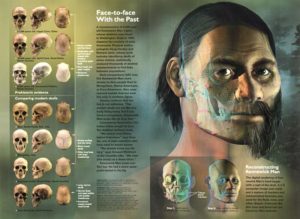
In August 2002: the U.S. District Court of Oregon ruled that bones of the 9,000 year-old human remains known as Kennewick Man, found in the Columbia River in Washington, be returned to the five Indian tribes that have claimed him as their ancient ancestor, as determined by the Native American Graves Protection and Repatriation Act of 1990. (next NA, see September 21, 2004)
August Peace Love Art Activism
CLINTON IMPEACHMENT
In August 1997: Linda Tripp encountered Kathleen Willey coming out of Oval Office “disheveled. Her face red and her lipstick was off.” Willey later alleged that Clinton groped her. Clinton’s lawyer, Bill Bennett said in the article that Linda Tripp is not to be believed. (see Clinton for expanded story)
August Peace Love Art Activism
Sexual Abuse of Children
In August 2005: The Diocese of Oakland, California, agreed to pay $56m to 56 people. (see December 16, 2006)
August Peace Love Art Activism
DEATH PENALTY
In August 2010: some states delayed executions because of a shortage of sodium thiopental, a drug used as an anesthetic and given to prisoners during lethal injections. It was one of three drugs used for lethal injection in more than 30 states. Some states had been trying to get additional supplies of the drug for months. In August, Kentucky Gov. Steve Beshear was asked to sign death warrants for three prisoners in Kentucky but could set only one execution date because it only had a single dose. ‘We’ve had the drug on back order since March,’ said Todd Henson, a spokesman for the Kentucky Department of Corrections. ‘The company that supplies it to us advised that they were unable to produce it because they weren’t able to get the active ingredient from their supplier.’
Hospira, based in Lake Forest, Ill., was apparently the only manufacturer of the drug. The company told Kentucky officials it won’t be available until early 2011. (see Sept 23)
August Peace Love Art Activism
